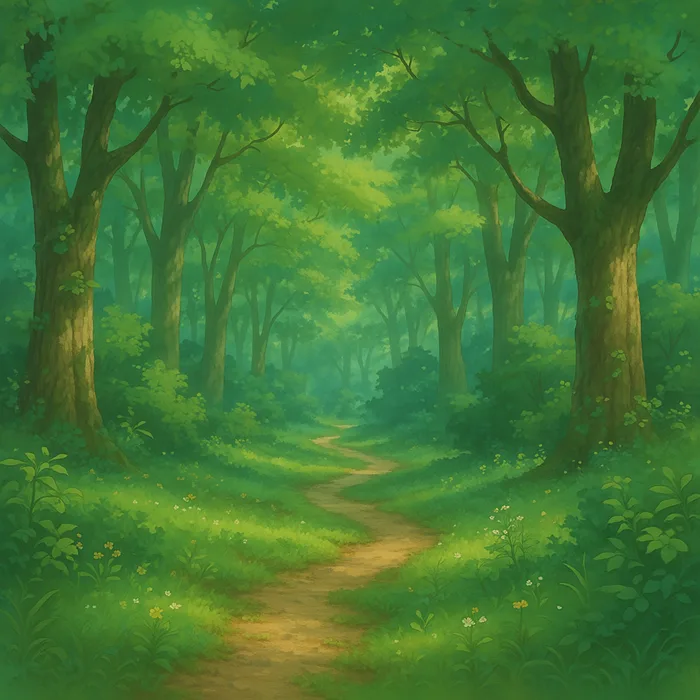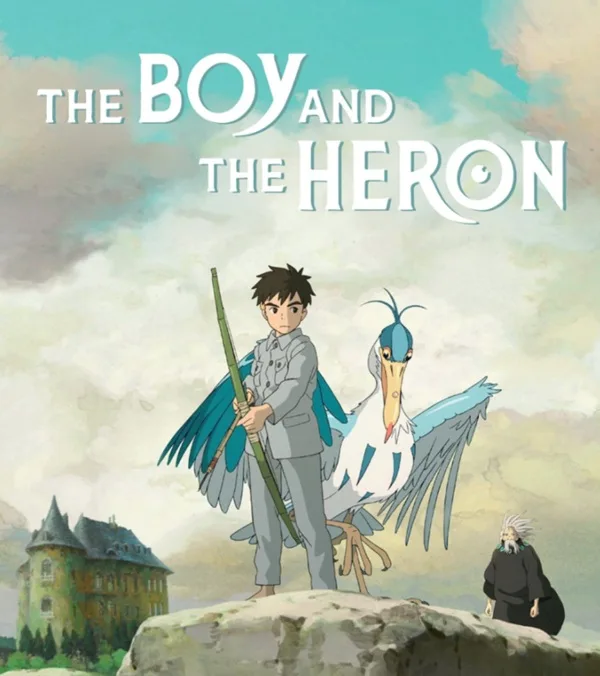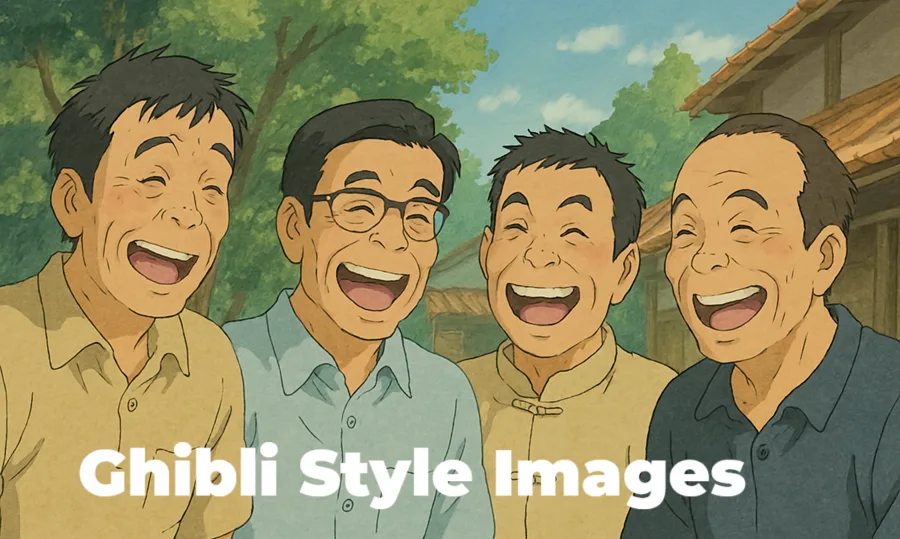Over the past few years, the phrase “Ghibli style” has been the buzzword among art, animation, and even artificial intelligence-created imagery communities. But what does it refer to, and why has this style taken off so recently? Let’s get into the realm of Ghibli style images and see why they’re trending these days.
What Are Ghibli Style Images?
Ghibli style is the unique visual style innovated by Studio Ghibli, the iconic Japanese animation house co-founded by Hayao Miyazaki, Isao Takahata, and Toshio Suzuki in 1985.
Responsible for classics such as Spirited Away, My Neighbor Totoro, and Princess Mononoke, Studio Ghibli has developed a distinctive artistic brand that combines fanciful fantasy with precise attention to detail.

Ghibli style photographs are typified by a number of distinct factors:
- Rich, Hand-Rendered Backgrounds: Studio Ghibli movies are famous for their stunning backdrops—imagine lush green rolling hills, peaceful forests, or neon city skylines watercolored with an artist’s brushstrokes. Each shot is a masterpiece.
- Muted, Cozy Colors: Color schemes tend to be warm and earthy, with lots of pastels and soft gradients, giving the impression of nostalgia and coziness.
- Expressive Characters: Characters in Ghibli animation are simple and emotive designs with large eyes and delicate motions that express rich emotion.
- A Mix of Reality and Fantasy: Whether it’s a girl flying across the sky or a gentle moment of preparing a meal in a rural kitchen, Ghibli style successfully combines the whimsical with the ordinary.
- Attention to Everyday Life: From the sound of cicadas in summer to the texture of a steaming bowl of ramen, Ghibli’s focus on small, relatable details grounds its fantastical stories in a tangible world.
While traditionally associated with hand-drawn animation, “Ghibli style” has evolved into a broader term. Today, it’s used to describe illustrations, digital art, and even AI-generated images that emulate this enchanting aesthetic.

Why Are Ghibli Style Images Trending These Days?
The revival of Ghibli style imagery in 2025 can be explained by a number of cultural and technological factors:
Nostalgia in a Fast-Paced World
In an era dominated by rapid technological advancements and constant digital noise, Ghibli’s slower, more contemplative storytelling offers a soothing escape. The studio’s focus on nature, human connection, and quiet moments resonates with people seeking comfort amid modern chaos. Ghibli style images—whether fan art or AI creations—tap into this longing for simplicity and beauty.
The Rise of AI Art Tools
With the advancement of AI image-making software such as Midjourney, DALL-E, and Stable Diffusion, users can now generate Ghibli-esque scenes at ease by typing prompts such as “a peaceful forest in Studio Ghibli style” or “a girl soaring above a village, Ghibli aesthetic.”
These software have made it easier to produce quality art for anyone to reproduce the studio’s signature look. This technology’s ease of access has brought a surge of Ghibli-style content on social media.
Social Media Aesthetic Appeal
Platforms like Instagram, Pinterest, and X thrive on visually striking content, and Ghibli style images fit the bill perfectly.
Their soft colors and whimsical charm make them ideal for profile backgrounds, mood boards, or viral posts. Fans and artists alike share these images, often paired with captions about relaxation or creativity, amplifying their reach.
Studio Ghibli’s Timeless Influence
Studio Ghibli’s films have a multigenerational fanbase, thanks to their universal themes of environmentalism, resilience, and wonder.
As new audiences discover classics through streaming services like Netflix or Max, the Ghibli aesthetic continues to inspire artists and creators. The studio’s recent releases, like Miyazaki’s The Boy and the Heron (2023), have also kept its legacy fresh in the public eye.

A Counterpoint to Hyper-Realistic Trends
Although photorealistic CGI pervades most of contemporary animation and gaming, Ghibli style is a welcome respite. Its laboriously hand-created, faintly flawed appeal provides a relief from the sleek sophistication of 3D renders, which attract people who want realness and artistry.
The Cultural Influence of Ghibli Style
Aside from their aesthetic charm, Ghibli style images have a more profound cultural significance. They contain a philosophy that honors nature, human touch, and imagination—values that increasingly seem crucial to our present day lives.
It could be the fan that rebuilds Totoro waiting at a bus stop or a machine that creates a fantastical Ghibli-style city; these images inspire a sense of magic that belongs to no country and no age.
How to Create Ghibli Style Portraits Images Using CahatGPT and Grok for Free
Steps to Create Ghibli Portraits with ChatGPT-4o for Free
- Go to ChatGPT on a desktop browser.
- Select GPT from the available models.
- If you want to transform any of your images to Ghibli-style, upload your image to ChatGPT, then enter a prompt such as:
“Transform this image into a Studio Ghibli-style portrait?” - You can also provide a custom prompt to create a Ghibli-style image, such as:“Create an image of a couple walking on a beautiful street in the evening in Studio Ghibli style“
- Wait for a few seconds, and your unique Ghibli-inspired artwork will be ready!
Steps to Create Ghibli Portraits with Grok for Free
The steps to create Ghibli style portrait images with Grok are the same as above.
Conclusion
Ghibli style images are more than just a trend; they’re a testament to the enduring power of Studio Ghibli’s artistry and ethos. As technology makes it easier to replicate this aesthetic and social media amplifies its reach, the Ghibli look has found new life in 2025.
Whether you’re a longtime fan or a newcomer enchanted by a viral post, there’s something undeniably magical about stepping into a Ghibli-inspired world—one frame at a time.
